
Ride motorbikes and bicycles for a fairly long time and it’s easy to take the mundane skills for granted. While we’re engrossed with learning how to clear a set of curves more quickly than ever, many new riders just want to learn how to be more comfortable with their steeds.

Take this message from a reader, for example. With rising fuel prices and heavy traffic, more and more people will shift to commuting by motorcycle as a way to save on money and time. To the casual reader, something so banal as “parking” may seem like it’s the easiest thing to do, but novice riders will tell you that it’s not.
Here’s why:
- The bike will not want to turn if you just keep it upright and turn the handlebar.
- You need to lean the bike if you want it to turn, but at slow speeds, too much lean and not enough forward motion will cause you to drop it.
- In a crowded parking lot, a novice rider may feel claustrophobic, and instead of focusing on the task at hand, he or she may panic and do something stupid. Like, for example, drop his bike or, worse, drop his bike and cause a domino effect. Yoiks.
Don’t worry. This is nothing that a few sessions in a closed area will help solve.
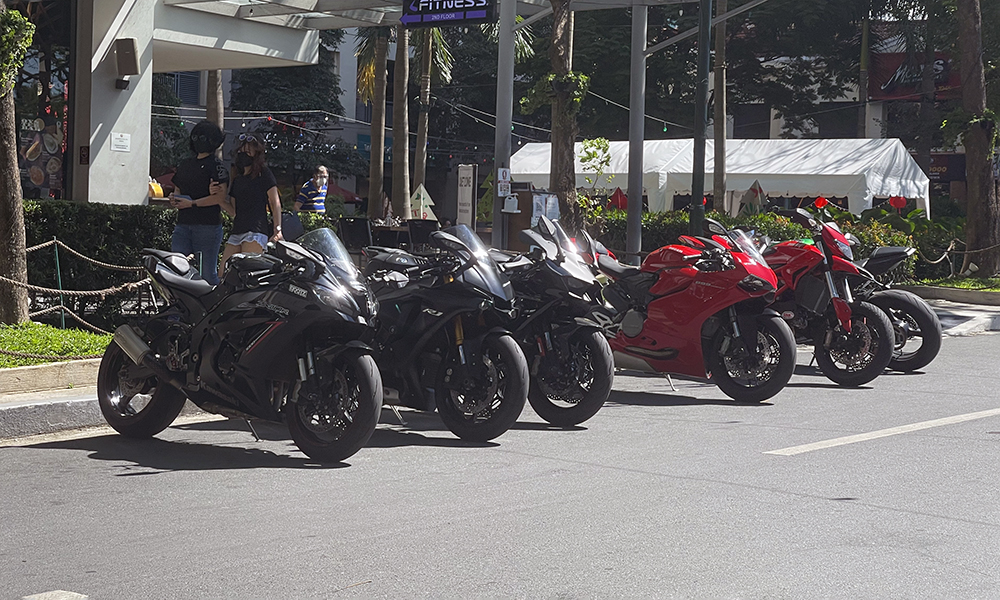
The first thing you should practice on is to get comfortable with handling your bike at walking speeds. Stay relaxed but upright on the saddle, and modulate your bike’s speed with minute applications of brake and throttle (and clutch, if you’re using a manual). Set a distance of 5m in front of you, and try to move straight forward as slowly as possible without putting a foot down.
Next, practice trackstanding. Roll forward for a few meters, and as you come to a stop, try to stay upright for as long as possible without putting a foot down by working the brake and the throttle. The bike will move forward a few inches as you do so, and that’s okay. You may need to turn the handlebar left or right to counter where the bike wants to lean. It’s alright if you need to put your feet down on the ground at first, but as you get better, you won’t need to unless you’re coming to a complete stop.

Always remember that the bike will want to stand up if you gas it, and will fall down when it’s completely stationary and unbalanced.
Trackstanding will help you keep the bike on the threshold of standing up and falling down. What’s more, practicing this drill will help you be comfortable with managing the weight of your bike, as well as not being overly reliant on your legs to hold the bike up as a last resort (pang-tukod).
You can also practice “duck-walking” your bike. That is to say, inching the bike where you want it to go while steadying it with feet on the ground. In general, I discourage this because it’s awkward, screams “noob,” and may strain your calf muscles.

Once you’re comfortable with handling your bike at snail-like speeds, parking it should be a breeze. Just try to make as wide a turn as possible into your slot to give you enough wiggle room for adjustments, and focus your eyes on the exact spot you want to place the bike.
For very tight situations, the best technique is to just walk the bike to your slot. First, get as close as you can to the slot. Kill the engine, get off, and push/pull the bike into the slot while making sure your fingers cover the brake levers. Deploy the side stand while doing this, so in case you lose your balance the bike will come to rest on the stand (just make sure it falls to the left).
As a side note, this would be a good time to remind you to regularly hit the gym, and don’t forget “Leg Day” so you can comfortably push, pull and pick up your bike.
Finally, don’t forget to plan your exit. If you park facing the wall, then you’ll need to roll the bike in reverse when you leave. Avoid parking on a downslope, as even the slightest gradient will make rolling out very difficult. If it has a center stand as well, use it to give your bike the surest parking position and lock the handlebar.

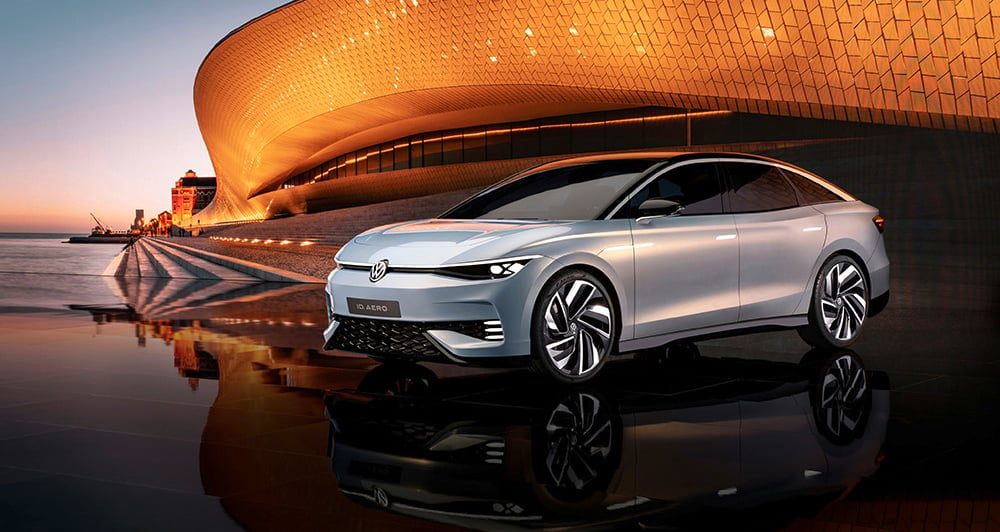
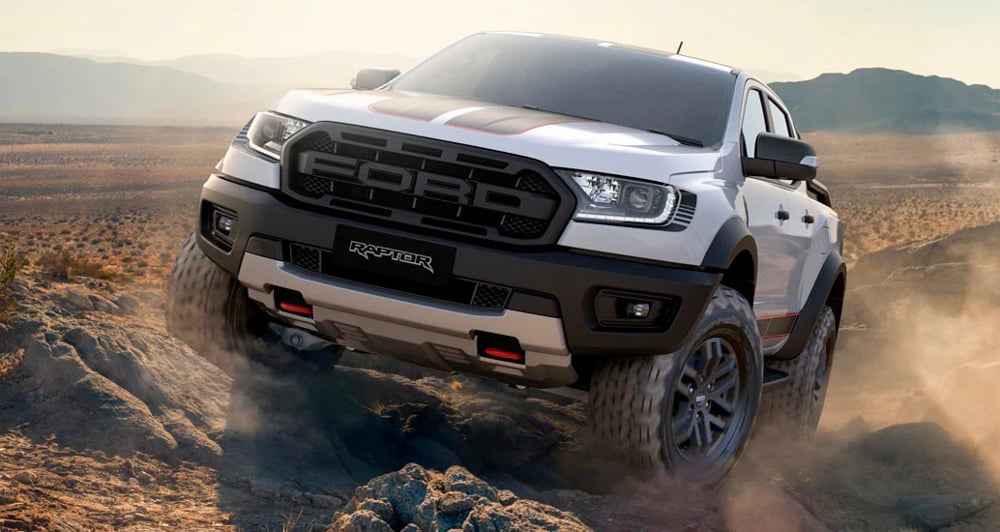
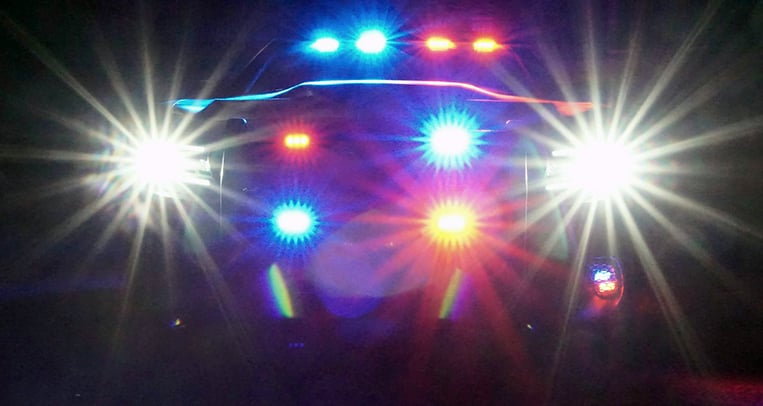
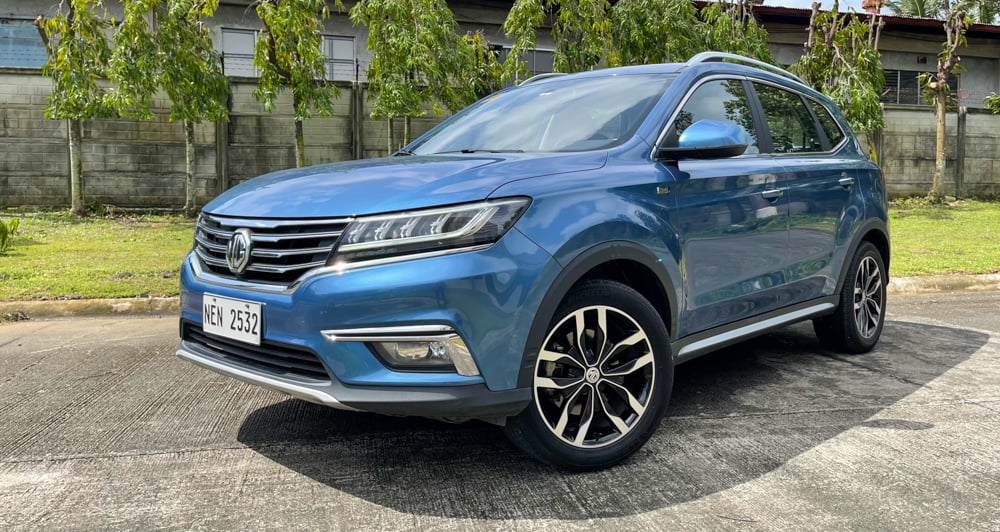

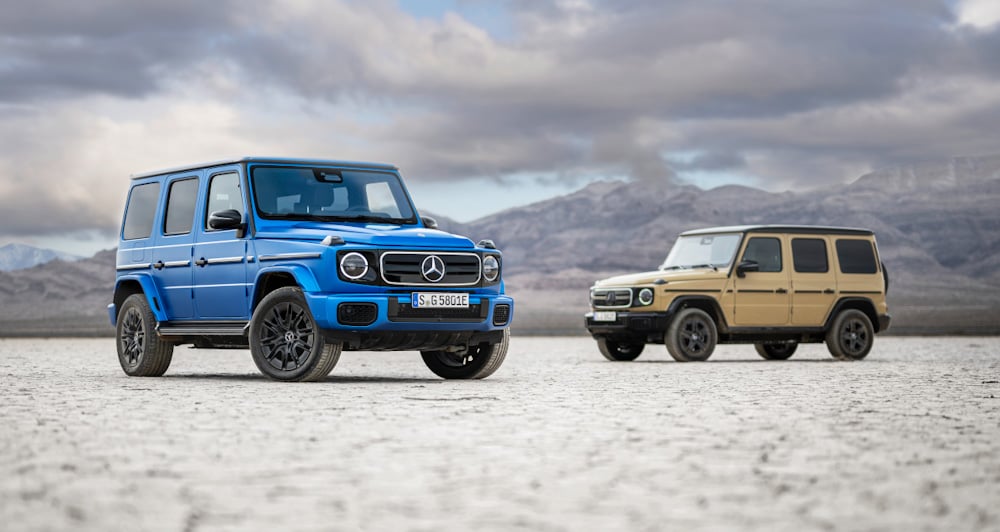
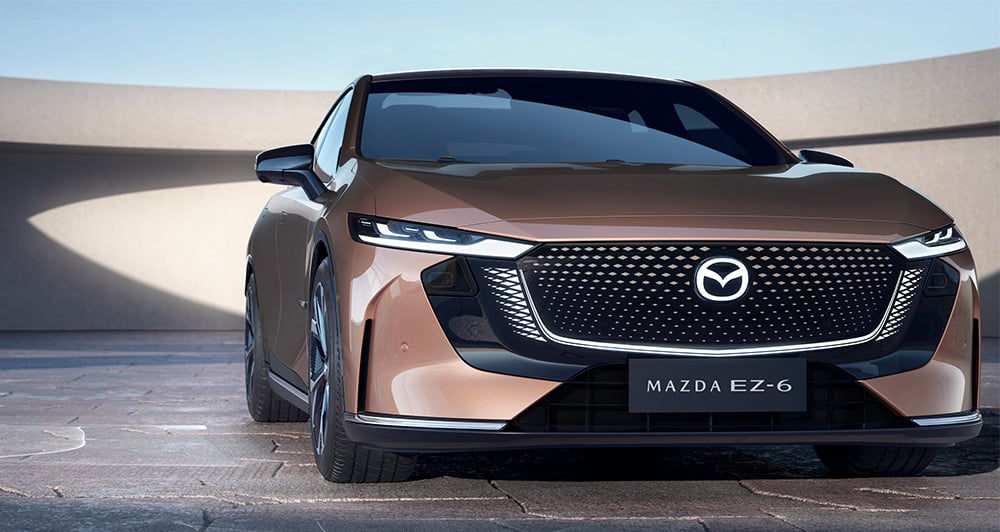
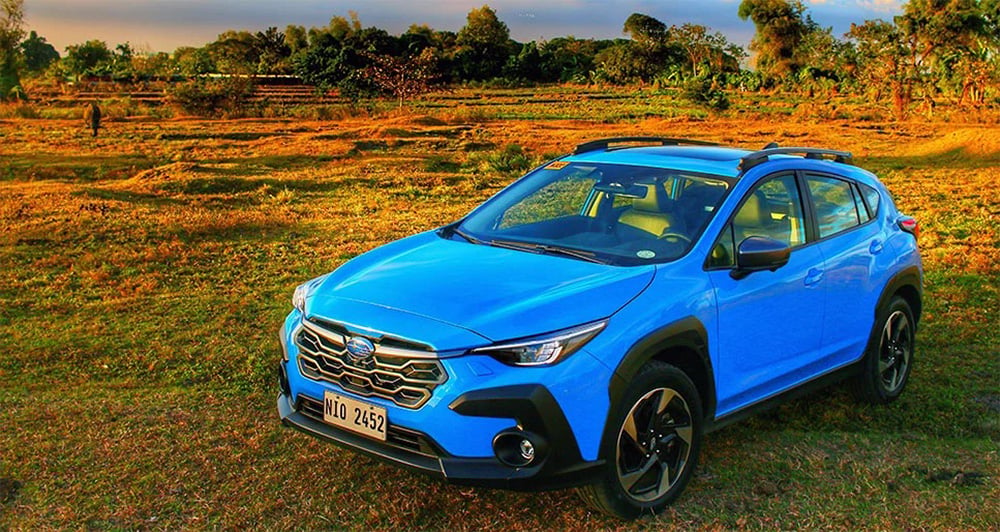


Comments